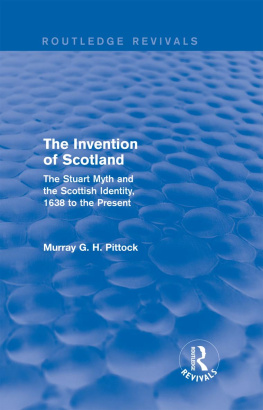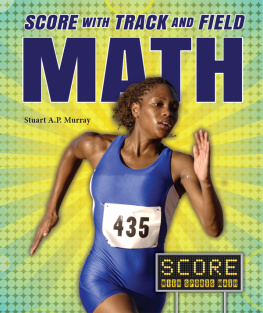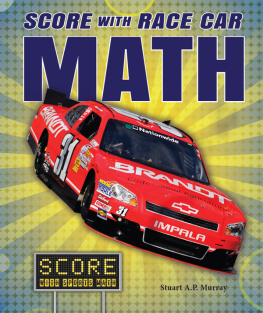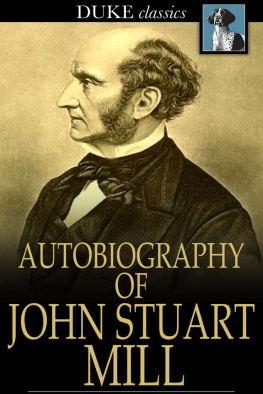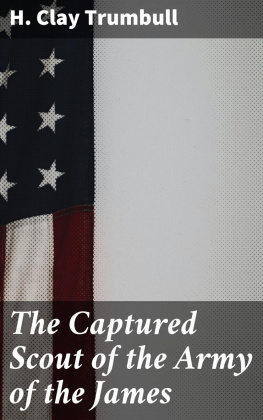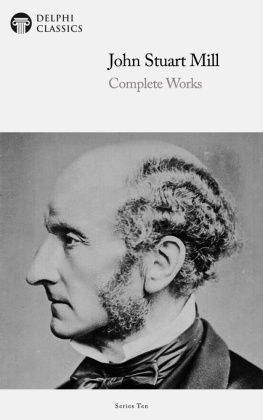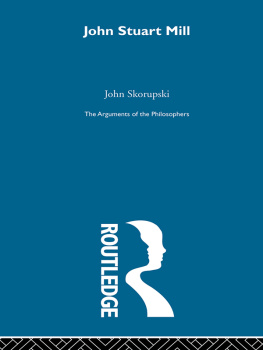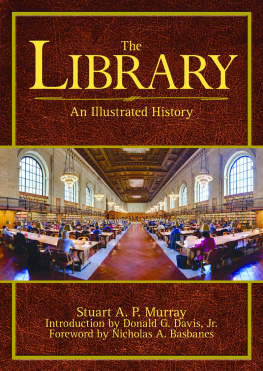John Trumbull
Painter of the
Revolutionary War
John Trumbull
Painter of the
Revolutionary War
Stuart A. P. Murray
First published 2009 by M.E. Sharpe
Published 2015 by Routledge
2 Park Square, Milton Park, Abingdon, Oxon OX 14 4RN
711 Third Avenue, New York, NY 10017, USA
Routledge is an imprint of the Taylor Francis & Group, an informa business
SERIES CONSULTANT
Jeffrey W. Allison
Paul Mellon Collection
Educator, Virginia Museum of Fine Arts
Cover Art:
The Death of General Mercer at the Rattle of Princeton (John Trumbull);
engraving of The Death of General Warren at the Battle of Bunkers Hill,
June 17, 1775 (John Trumbull).
Series created by Kid Graphica, LLC
Series designed by Gilda Hannah
Map: Mapping Specialists Limited
Copyright 2009 by Taylor & Francis. All rights reserved
No part of this book may be reprinted or reproduced or utilised in any form or by any electronic, mechanical, or other means, now known or hereafter invented, including photocopying and recording, or in any information storage or retrieval system, without permission in writing from the publishers.
Notices
No responsibility is assumed by the publisher for any injury and/or damage to persons or property as a matter of products liability, negligence or otherwise, or from any use of operation of any methods, products, instructions or ideas contained in the material herein.
Practitioners and researchers must always rely on their own experience and knowledge in evaluating and using any information, methods, compounds, or experiments described herein. In using such information or methods they should be mindful of their own safety and the safety of others, including parties for whom they have a professional responsibility.
Product or corporate names may be trademarks or registered trademarks, and are used only for identification and explanation without intent to infringe.
Library of Congress Cataloging-in-Publication Data
Murray, Stuart, 1948
John Trumbull: painter of the Revolutionary War / Stuart A. P. Murray.
p. cm(Show me America)
Includes bibliographical references and index.
ISBN 978-0-7656-8150-8 (hardcover: alk. paper)
1. Trumbull, John, 17561843Juvenile literature. 2. United
StatesHistoryRevolution, 17751783Art and the revolution
Juvenile literature. 3. United StatesHistoryRevolution, 17751783
BiographyJuvenile literature. 4. PaintersUnited StatesBiography
Juvenile literature. 5. United States. ArmyBiographyJuvenile
literature. I. Title.
ND237.T8M87 2009
759.13dc22 |
2008003235 |
ISBN 13: 9780765681508 (hbk)
The greatest motive I had or have for engaging in or for continuing my pursuit of painting has been the wish of commemorating the great events of our countrys Revolution.
John Trumbull
By the time John Trumbull, the patriot-artist, came to live at New Haven in 1837 he had become a legend. One can well imagine a fond father pointing out to his son the tall, erect Colonel, who still retained his fine military bearing, and proudly saying: There, my boy, goes Colonel Trumbull, General Washingtons aide-de-camp! This scene might have taken place on the elm-shaded streets of New Haven in 1840, nearly one and a half generations after the glorious year of 1775. Trumbull was a living embodiment of a heroic past. This, to the aged veteran, was soul satisfying.
Theodore Sizer, editor,
The Autobiography of Colonel John Trumbull,
(1953 edition preface)
On numerous paintings connected with our Revolutionary history, Colonel Trumbulls fame as an artist may securely rest.
Samuel F.B. Morse, Eulogy, November 1843
To his country he gave his sword and pencil.
Trumbulls inscription on his memorial

Detail from The Declaration of Independence, July 4, 1776. John Trumbull, 1819
The committee assigned to draft the Declaration of Independence in 1776 presents the document to John Hancock, president of the Continental Congress in Philadelphia. Shown in this detail from Trumbulls historical painting are (left to right) John Adams, Roger Sherman, Robert R. Livingston, Thomas Jefferson, and Benjamin Franklin.
[My] taste for drawing began to dawn early [and] for several years [the] floors were constantly scrawled with my rude attempts.
John Trumbull
N ineteen-year-old Charlie Loring Elliott was full of hope when he visited the New York City studio of Americas most famous artist in 1830. Elliott had come from western New York State to ask Colonel John Trumbull to accept him as a pupil in portrait painting.
Colonel Trumbull was a handsome, dignified gentleman in his seventies. He was a former officer in the Revolutionary War with fine manners and an old-fashioned formality. The Colonel, as he was known, had painted a number of the nations most famous pictures. These were scenes from the American Revolution of more than forty-five years before.
Four of those paintings hung in the Capitol in Washington, D.C. The Colonels works told the story of the founding of the United States. Shown in his pictures were individuals he had personally known, although by 1830 most of them had passed away and were only names in history books. They included John Adams, Thomas Jefferson, James Monroe, the Marquis de Lafayette, and General George Washington himself.
The son of a wealthy colonial governor, John Trumbull had been brought up like an aristocrat and had once associated with European royalty. By the 1830s, however, his world had changed, as had popular taste in the arts. The elderly Colonel was considered out of touch with current American art and artists. Still, he was much admired for all he had done in his life.
Trumbull looked over Elliotts drawings and his two oil paintings. Elliott knew young artists seldom received encouragement from Colonel Trumbull, who was president of the American Academy of Fine Arts. As he studied the pictures, the Colonel was most interested in designs for buildings Elliott had done for his fathers architectural firm at home.



